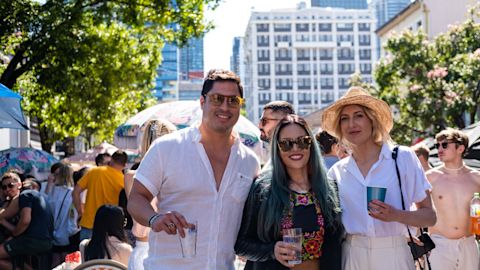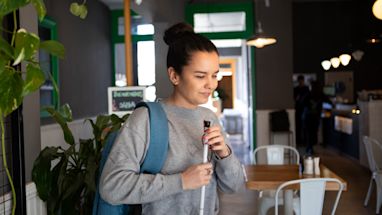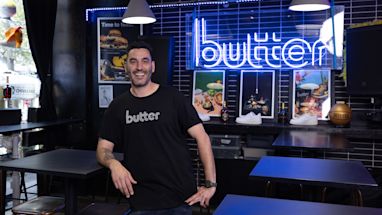Our local economy continues to drive the statewide post-pandemic economic recovery, representing 22% of NSW GDP.
The local economy is stronger than in 2019 but remains 2.6% behind pre-pandemic forecasts and growth slowed in the March quarter as consumer confidence fell.
Data shows that recovery remains unequal across sectors and that consumer spending has shifted from bricks and mortar retail to experiences.

Remote working reveals a recovery disparity
Sectors of the economy which can’t shift to remote working – such as hospitality, retail and accommodation – remain at 97% of March 2019 levels.
But sectors where remote working has been broadly adopted, notably financial and professional services, sit at 117% and 123% of pre-pandemic output.
For a deeper dive into our city's economy, view our full city insights quarterly snapshot
Consumers seek special experiences
As noted in the previous quarter, the way people use the city appears to be shifting from a place to work as a place to have experiences.
Local spend in the June quarter reflects this, with dining and specialised food retailing showing strong growth to 3.4% and 13.4% above pre-pandemic levels.
This has been bolstered by local and international events, including WorldPride and the Sydney Streets series, which were important in supporting the hospitality, retail and accommodation sectors. The hotel industry is showing a strong recovery, with occupancy at over 74% in June, up from below 20% during the pandemic.

City visitation increasing
Overall city visitation sits at 94.6% of pre-pandemic levels, but public transport numbers (as measured by Opal tap-offs) are not as strong, at 87%.
Wednesday remains the busiest public transport day, reflecting a preference for mid-week office days.
Saturday spend is flourishing, surging to 108% of pre-pandemic levels, reinforcing the shift as people come to view the city as a destination, not just a workplace.
Published 31 August 2023, updated 29 February 2024



